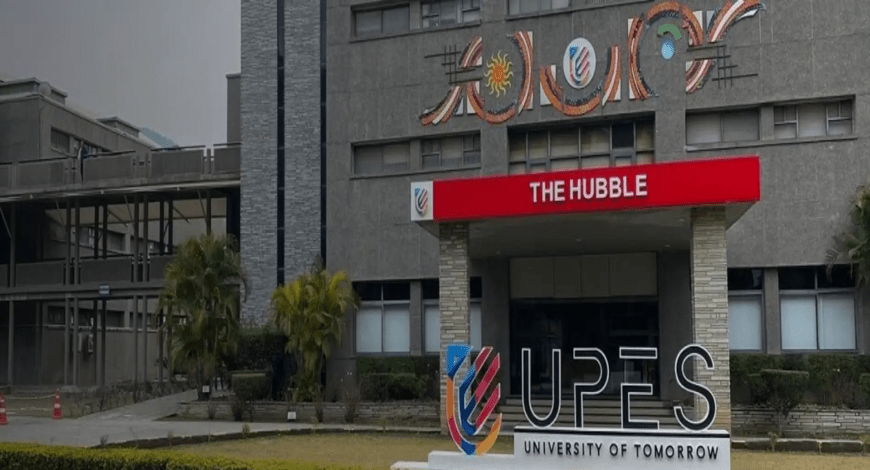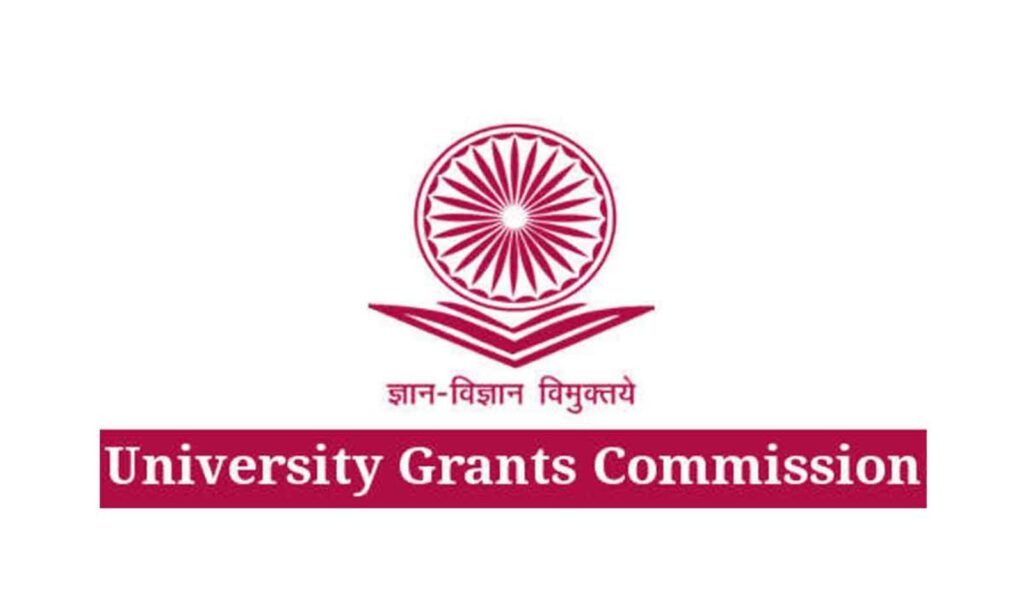- Four business units are to be set up, each of which will initiate economic enterprises such as Niger Seed Oil Mill Units, Honey Processing Units, Solar Based Cold Storage Units, and Vegetable Processing Units
GITAM received Rs 3.65 crores from DST to set up Sci-tech hubs in the state of Andhra Pradesh. By establishing four Science Technology and Innovation Hubs, GITAM aims to blend academic research and community service to create a platform that nurtures entrepreneurship and empowers the tribal youth, ultimately leading to a remarkable improvement in their overall lifestyle.
Funded by the Government of India’s Ministry of Science and Technology, and to be executed under the purview of the Department of Science and Technology (DST), these STI Hubs are the first of its kind in Paderu and Araku Valley Mandals.
Currently, a field survey is underway to identify and enroll the target beneficiaries for the project that is expected to run for a period of three years (up to 31-03-2026).
This project will see several departments work in synergy as GITAM STI will collaborate with ICAR-Krishi Vigyan Kendra (ICAR-KVK), Integrated Tribal Development Authority (ITDA), National Bank for Agricultural and Rural Development (NABARD), Khadi & Village Industries Commission (KVIC), Girijan Co-Operative Corporation (GCC), and several local NGOs.
Dr. Sarat Babu will be leading the team of researchers along with co-investigators, Dr Raja Phani Pappu, Director, Dept of Research & Consultancy and Dr P Manjushree, Professor, GITAM School of Business.
The overall goal of the STI Hub is to improve the livelihood of small and marginalised tribal communities and help with skill development through the formation of 2 FPOs (Farmer Producer Organisation) and 20 SHGs (Self Help Group) reaching out to 1000 beneficiaries. It also aims at creating value chains through Science and Technology Interventions and the develop social enterprises. The activity will help improve the physical and human capitals of selected beneficiaries as well as lead to improvement in the health and nutritional status of the tribals.



